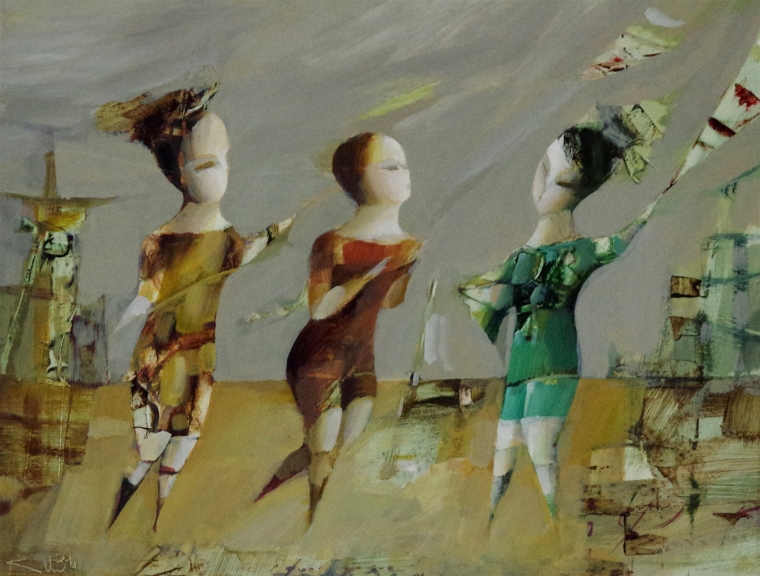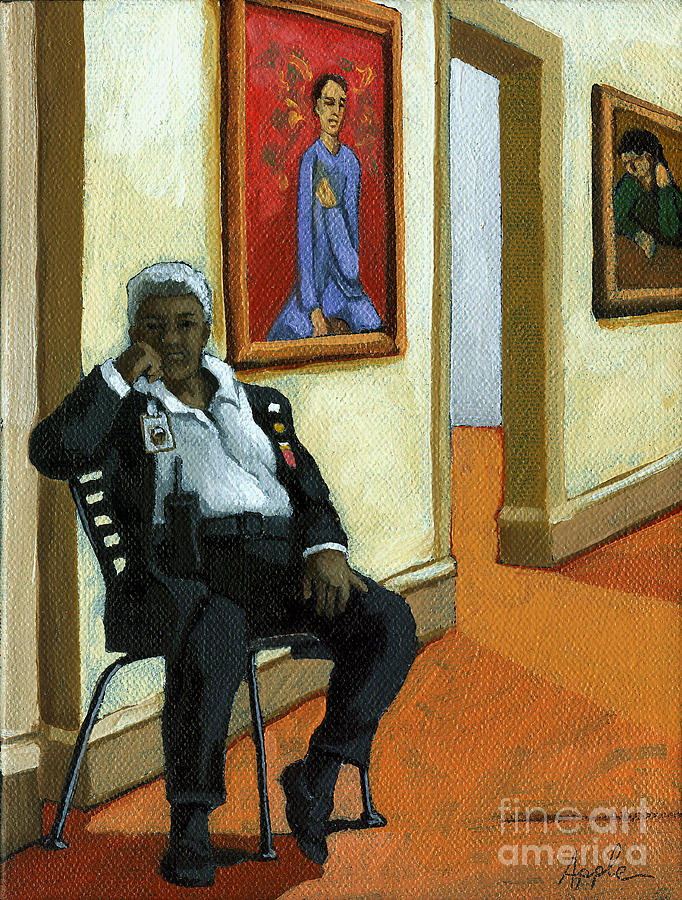How Figurative Oil Painting Transforms Traditional Artistic Expression
How Figurative Oil Painting Transforms Traditional Artistic Expression
Blog Article
The Advancement of Metaphorical Oil Paint: Comprehending Its Historic Importance and Modern Interpretations
The evolution of figurative oil paint functions as an engaging lens whereby to analyze the interaction between imaginative expression and historic context. From the careful naturalism of the Renaissance to the stirring power of the Baroque, each period has added layers of definition and method to this timeless tool. Contemporary artists, attracting from this abundant heritage, are currently reinterpreting the human number in ways that test conventional stories. As we check out these improvements, one have to consider how the discussion between present and previous informs not just imaginative practice however likewise societal representations in a progressively complex globe.
Origins of Metaphorical Oil Painting
The origins of metaphorical oil painting can be traced back to the very early Renaissance in Europe, particularly in the 15th century. This duration noted a considerable separation from the flat depictions and rigid types particular of middle ages art. Artists began to check out naturalism, emphasizing the human figure and its emotional expression. The growth of oil paint enabled higher deepness of shade and detail, improving the realistic look and vibrancy of their job.

In this transformative period, numbers were often depicted within contextually abundant environments, showcasing not only their physical features but likewise their mental states. Pioneers such as Jan van Eyck and Titian used the medium's convenience, using layering methods to achieve luminance and texture. This development assisted in the portrayal of elaborate materials and the subtleties of complexion, adding to the development of portraiture and narrative scenes.
Furthermore, the Renaissance focus on humanism fostered an appreciation for uniqueness, which in turn influenced artists to develop even more dynamic and relatable figures - figurative oil painting. Therefore, metaphorical oil paint emerged as an effective car for narration and psychological engagement, laying the groundwork for future artistic activities and styles
Key Historical Motions
Significant historical movements have formed the advancement of metaphorical oil painting, each contributing unique philosophies and strategies that broadened the tool's opportunities. The Renaissance marked a zero hour, emphasizing realistic look and the human kind, with musicians like Leonardo da Vinci and Michelangelo pressing the boundaries of anatomical accuracy and point of view. Following this, the Baroque age brought significant contrasts of light and shadow, exemplified by Caravaggio, that instilled religious motifs with extreme emotionality.
The 19th century introduced Romanticism and Realistic look, where musicians such as Delacroix and Courbet challenged timeless ideals, concentrating on individual expression and daily life. The arrival of Impressionism even more revolutionized the tool by highlighting the results of light and shade, bring about a departure from traditional depiction.
In the very early 20th century, movements like Expressionism and Cubism redefined metaphorical paint via abstraction and the exploration of emotional depth. Each of these activities not just showed the social changes of their times however likewise laid the groundwork for modern analyses. The interplay between these historic motions has developed a rich tapestry of philosophies and designs, affecting modern-day artists in their pursuit of catching the human experience on canvas.
Techniques and Materials Development

Throughout the Baroque period, methods such as chiaroscuro and sfumato arised, enhancing the emotional resonance of metaphorical compositions. Artists started to experiment with lusters and impasto, adjusting texture and luminance. By the 19th century, advancements like making use of pre-mixed paints in tubes reinvented accessibility, permitting musicians to paint en plein air and record the fleeting impacts of light.
The 20th century observed the introduction of artificial pigments and tools, which broadened the scheme and altered the consistency of oil paints. Furthermore, the expedition of brand-new application strategies, such as combination knives and brushes of varying rigidity, more varied creative expression. Collectively, these innovations mirror the advancing connection in between products, strategies, and the artistic vision integral in metaphorical oil paint.

Contemporary Analyses
Contemporary interpretations of figurative oil paint mirror a dynamic dialogue between custom and advancement, where artists challenge established norms and discover varied styles. This development shows up in different means, as modern musicians mix classical strategies with modern concepts, frequently dealing with social, political, and personal stories.
Several professionals draw motivation from historic works, yet they infuse their pieces with contemporary viewpoints, making use of the human form as an automobile for commentary on gender, culture, and identity. Artists progressively experiment with abstraction, distortion, and blended media, which enables a broader analysis of the figure and its context.
In addition, making use of vivid color palettes and unique structures frequently offers to interrupt conventional seeing experiences, provoking crucial engagement from target markets. This change in emphasis prolongs past looks; it reflects a growing awareness of the intricacies of human experience in an interconnected world.
As metaphorical oil paint remains to advance, it remains an essential tool for discovering the nuances of contemporary life, personifying both a respect for heritage and a dedication to modern idea. The result is an abundant tapestry of expression that reverberates with the intricacies of the modern-day human problem.
Influence on Modern Art
The effect of figurative oil paint on modern-day art is profound, as it has actually constantly influenced a myriad of artistic movements and techniques throughout the 21st and 20th centuries. From Expressionism to Surrealism and beyond, the exploration of the human figure has actually stayed a main motif, allowing musicians to communicate complicated emotions and stories. This focus on figurative representation has actually caused a re-examination of standard techniques, leading to ingenious techniques that blend realism with abstraction.
Additionally, contemporary musicians have welcomed figurative oil painting as a way to attend to social and political pop over to this site problems, utilizing the medium to challenge assumptions of sex, society, and identification. The resurgence of interest in metaphorical operate in recent years reflects a longing for connection in a progressively digital world, where human experience and feeling are paramount.
In addition, the discussion in between metaphorical oil paint and modern art appears in the jobs of artists such as Kehinde Wiley and Jenny Saville, that make use of historical references while infusing their items with modern significance. Ultimately, metaphorical oil painting remains to form and redefine contemporary imaginative expression, highlighting its enduring significance in the art world.
Final Thought
The development of figurative oil paint emphasizes its historic significance and versatility throughout numerous artistic movements. Eventually, figurative oil painting stays a crucial medium Bonuses for discovering the human experience, reverberating greatly in today's digital landscape.
The advancement of metaphorical oil paint offers as a compelling lens via which to analyze the interaction in between creative expression and historic context.Substantial historic movements have actually shaped the development of figurative oil painting, each contributing special approaches and techniques that increased the medium's opportunities.As historical motions formed the trajectory of figurative oil painting, the materials and strategies utilized by musicians have actually also undertaken considerable changes. figurative oil painting.The effect of figurative oil paint on modern-day art is extensive, as it has actually continuously motivated a myriad of imaginative motions and methods throughout the 20th and 21st centuries.The advancement of figurative oil painting emphasizes its historical importance and adaptability throughout numerous artistic movements
Report this page